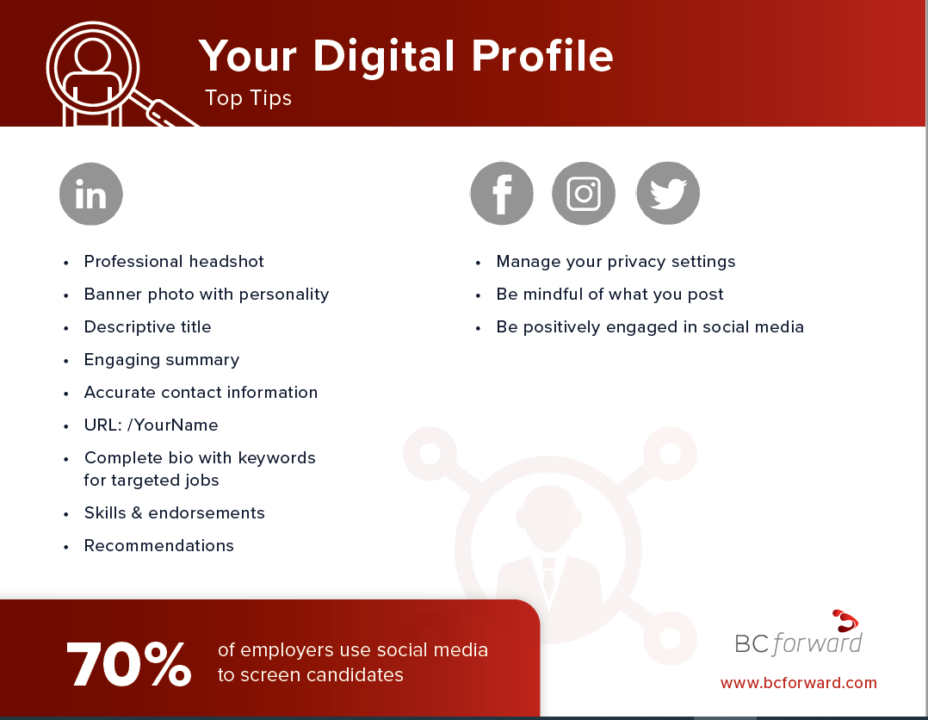The American dream: pushing businesses forward, motivating new and improved technology, and evolving software cycles to deliver quality content. It’s a futuristic and rapidly growing world we live in, which brings us to the question: where is software and QA testing heading?
Software testing and other quality assurance practices are seemingly getting absorbed into the product software development cycle due to the high demand for able and adaptive technology, yet there’s a buzz going around that the future is looking a little dim for software testing and the Software Development Engineer in Test (SDET).
The truth is that the role of the software and QA tester is becoming more specialized; not extinct. The growth of the industry is providing opportunities for testers to learn more, use better tools and frameworks, and take on more influential roles that will ensure the quality of the product.
The advance of technology, in the broadest sense, is still in its prime. Businesses are implementing new media and devices every day to benefit the consumer, and the corporation, on top of the new frameworks that are being developed to speed up the production cycle. The financial capacity for QA consideration is expanding from business to business and improvements in the industry are happening all around. Plus, more non-traditional “software” companies are finding the need for investment in QA as products being produced are getting smarter and smarter. Inevitably, these roles will be filled by software testers and SDETs.
Software and QA testers, and SDETS are adapting alongside this continuous transformation of industry growth and change.
Contemplate Software & Application Testing Strategy
The role of the SDET and the development team is not only to test the software for bugs, but also to ensure the development process is comprehensive and efficient. While testing automation will continue to move forward, testers in the future will have a much larger role in terms of teamwork and consulting leaders on how and why testing should be implemented to benefit the quality of the software. A pristine strategy should be the result of the testing, QA, and the development team.
Nurture Communication
Group projects do not succeed with only a minimum amount of input. The one constant for success when working in teams is communication. With the implementation of new technology comes the responsibility of team communication that will ensure the vision of the end product is observed from every angle. Quality people create quality content and the momentum of today’s business needs two (or even a few) heads instead of one.
Integrate Roles and Opportunities to Learn
Compared to a traditional software tester, an SDET has a wider angle of perception when it comes to the development of software or an application, but that’s not to say the role of the software tester is not expanding. The QA industry needs integrated and specialized workers to multitask in the development arena, which can greatly improve the product. In the future, the software tester may consult executive members on which steps in the quality process to take, assist in testing planning and development, carry out and analyze testing practices, and help solve issues that arise during the software’s creation.
Although monitoring and reporting on the process might already be a part of your QA strategy, an integrated and well-rounded understanding of any product can benefit the development team and create more opportunities to catch bugs and other errors in code or software.
Shifting the Culture for Software Testers
The inclusion and melding of roles within the testing industry is not an instant transformation; however, progress starts with the people. Shifting the culture of a team or business requires effort from the employees, buy-in from management and the executive team, and additional education and practice. The growth of the software testing industry and the individuals in it depends on the integration of roles.
Why is this important? With a more educated and experienced opinion from all spectrums of the development process, a stronger and more durable product can be completed and provided to the consumer with minimized risk and increased efficiency.
Where do you want to be 1, 3, or even 5 years from now? Do you need software testing expertise or advice? Contact us to learn more about the QA future we’re creating.
WEBINAR | tapQA Presents: Digital Profile
As we progress through almost an entire year of living in a pandemic the world around us has digitized almost, everything. But have you done this for yourself? In a…
WEBINAR | The Importance of Data & Decision Making
In today’s world, we are overwhelmed with data, and the ability to consume it shapes our decision-making. IT organizations have shifted to leaner products and Agile models allowing for both…
Interviewing Best Practices: Our Favorite Strategies
Interviewing has its complexities. People have written cover to cover novels on the Advanced Art of Interviewing, there are classes people spend money on to perfect their interviewing skills, and…


